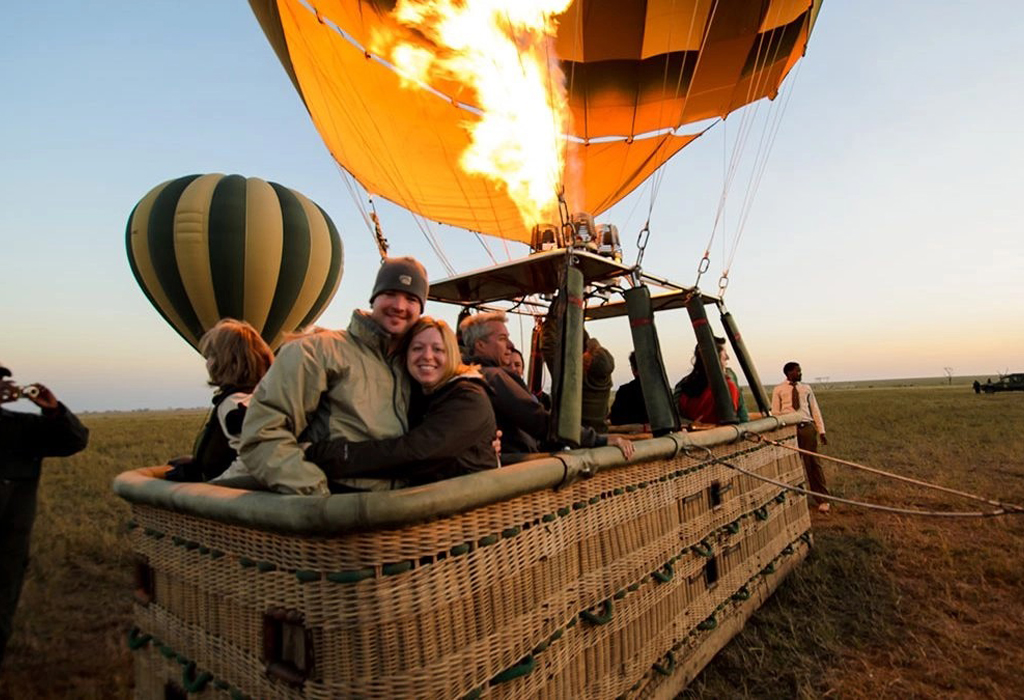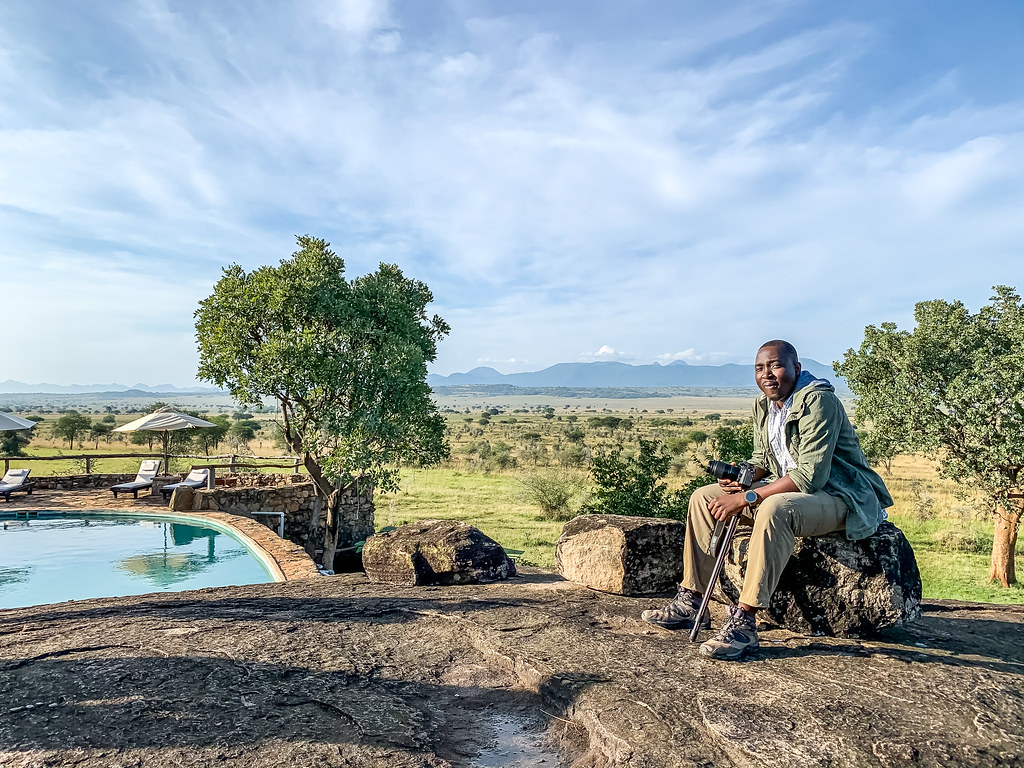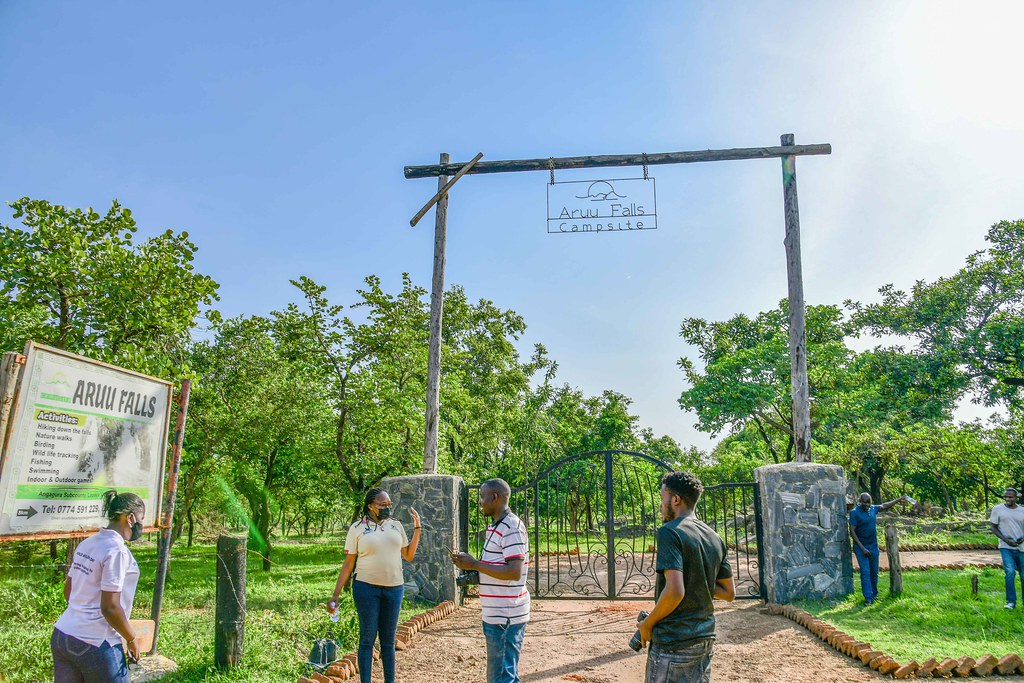
What to Expect on a Hot Air Balloon Safari in Tanzania
What to Expect on a Hot Air Balloon Safari in Tanzania
A hot air balloon safari in Tanzania offers one of the most enchanting ways to experience the Serengeti. As you rise into the skies, you witness the magic of dawn unfolding across the vast plains. The first rays of sunlight reveal wildebeest herds moving steadily across the grasslands, transforming your safari into a once-in-a-lifetime adventure. From above, the Serengeti’s beauty takes on a new dimension, offering a bird’s-eye view of one of the world’s most iconic landscapes.
The Serengeti from Above
The Serengeti’s terrain is as diverse as it is breathtaking. During your flight, you may witness the drama of the Great Migration, particularly the river crossings in May and June. The Grumeti River flows westward into Lake Victoria, carving its way through the Serengeti’s western corridor. This 50-kilometer stretch showcases sweeping savannah grasslands, rolling hills, shaded acacia groves, and lush riverine forests. From above, the scenery unfolds like a living tapestry of wild beauty.
Early Morning Start
Hot air balloon flights usually begin at dawn, which means an early wake-up call. Your guide collects you from your lodge and drives you to the launch site. Before takeoff, the pilot conducts a detailed safety briefing to ensure all passengers understand the procedures. Once everyone is ready, the balloon inflates, and you prepare to rise with the sun.
Wildlife Encounters from the Sky
As the balloon ascends, it drifts gently over the treetops, revealing the Serengeti in all its splendor. Below, wildlife roams freely—elephants grazing in the distance, wildebeests on the move, lions returning from the night’s hunt, or hyenas shadowing their prey. With binoculars and a camera in hand, you can capture unforgettable moments such as hippos resting by the Grumeti River or zebras dotting the open plains.
If you time your visit between May and June, you may even witness the Great Migration, the largest wildlife movement on Earth. Beginning in December, wildebeests gather in the southern Serengeti, preparing for the calving season in February when nearly 8,000 calves are born daily.
Flight Duration and Height
A typical hot air balloon flight lasts about one hour. Depending on weather conditions and the pilot’s expertise, the balloon may hover close to the treetops or soar as high as 1,000 feet. While the flight does not bring you too close to the animals—both for safety and to protect the ecosystem—you still enjoy extraordinary views of the Serengeti’s wildlife and landscapes.
Champagne Breakfast in the Wilderness
After landing, the experience continues with a champagne breakfast served in the heart of the Serengeti. Imagine sitting at a table laid with crisp white linen and elegant cutlery, savoring freshly baked pastries, seasonal fruits, eggs, and aromatic coffee or tea. The combination of luxury dining and untouched wilderness creates an unforgettable finale to your morning adventure.
Why Mornings Are Best
Although sunsets in the Serengeti are remarkable, mornings are the ideal time for a hot air balloon safari. Wildlife tends to be most active at dawn, and the rising sun paints the plains with golden hues. The memory of this serene moment—drifting silently above the awakening savannah—will stay with you long after the journey ends.
Best Time to Go
Hot air balloon safaris operate throughout the year, but the best time depends on what you hope to see. The Great Migration peaks in May and June with dramatic river crossings, while February’s calving season in the southern Serengeti offers another spectacular sight. No matter the month, the Serengeti always delivers breathtaking encounters with wildlife and nature.
What to Wear
Comfortable, casual clothing is recommended for a balloon safari. Layers are essential since early mornings can be chilly but temperatures rise quickly after sunrise. Neutral tones such as khaki and beige work best, as dark colors like black and navy may attract tsetse flies. A light, long-sleeved jacket and trousers will protect you from both the morning chill and the sun’s warmth later in the day. Most lodges and camps provide laundry services, so packing light is both practical and convenient.


